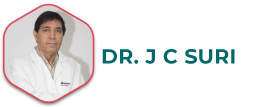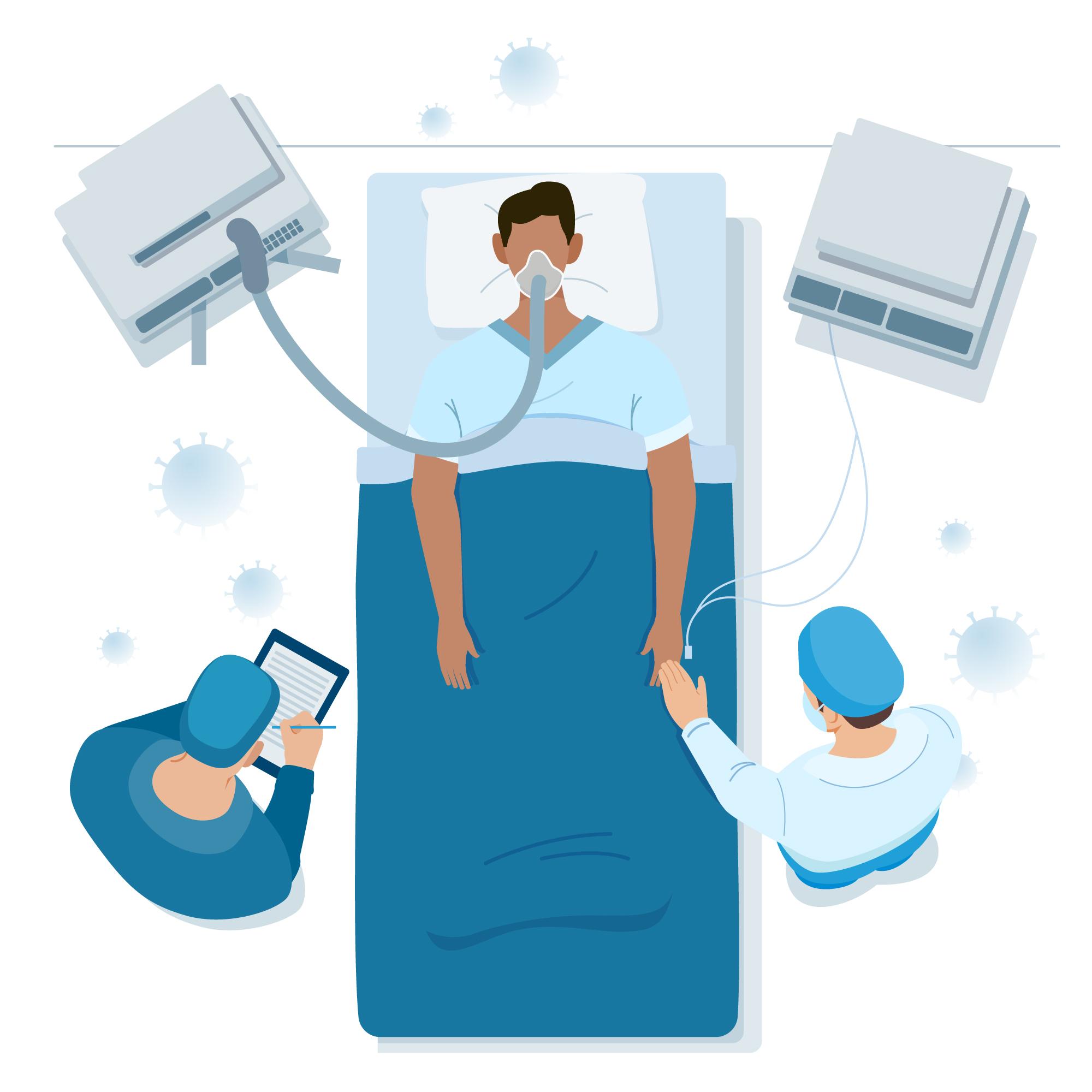
Understanding Your Sleep: A Simple Guide to the Sleep Study Test
Sleep Study (Polysomnography)
A sleep study, formally known as a polysomnogram, serves as a pivotal diagnostic tool for healthcare providers to gain insights into various physiological aspects during sleep study test . By employing a range of sensors, this non-invasive test records data on critical body systems, offering a comprehensive perspective on the quality of an individual’s sleep.
Conditions that a sleep study can diagnose include:
- Sleep apnea (obstructive and central).
- Narcolepsy.
- Periodic limb movement disorder (including restless legs syndrome).
- Insomnia.
- Certain types of seizures and epilepsy.
- Night terrors (also known as sleep terrors).
- Nocturnal panic attacks.
- Sleepwalking or other sleep behavior-related disorders.
- Sleep paralysis.
- Other types of parasomnias and disruptive sleep disorders.
Purpose and Diagnostic Scope:
Healthcare providers recommend a sleep study when individuals present symptoms indicative of sleep-related conditions affecting neurological, respiratory, and cardiovascular functions.
Conditions diagnosed through this method encompass a broad spectrum, including sleep apnea, narcolepsy, periodic limb movement disorder, insomnia, seizures, night terrors, sleepwalking, and other disruptive sleep disorders.
Components of a Sleep Study Test :
The complexity of sleep necessitates a multifaceted approach, involving various sensors and monitoring methods:
Electroencephalography (EEG): Detects and records brain wave activity during different sleep stages.
Electrocardiography (EKG or ECG): Monitors heart activity, identifying rhythm irregularities.
Electromyogram (EMG): Tracks muscle movement, contributing to the analysis of sleep-related behaviors.
Electro-oculography (EOG): Measures eye movement, aiding in identifying different sleep phases.
Breathing Sensors and Respiratory Inductive Plethysmography (RIP) Belt: Monitor air movement and chest/belly expansion during breathing cycles.
Pulse Oximeter: Measures pulse and blood oxygen levels.
Video and Audio Monitoring: Offers visual and auditory cues for additional context during the sleep study.
At-Home Sleep Study Test:
Distinguished from a full polysomnogram, at-home sleep study test is a focused evaluation, often employed when sleep apnea is strongly suspected or for post-treatment assessments. It involves fewer sensors, focusing primarily on breathing patterns.
Test Preparation and Day of the Study:
Preparation for a sleep study involves adhering to guidelines such as bathing before the test, avoiding certain skincare products, and packing essentials for an overnight stay. On the day of the study, individuals are encouraged to maintain their regular routines and abstain from caffeine and alcohol to ensure the most natural sleep patterns.
During the Sleep Study:
Upon arrival at the sleep lab, individuals transition into sleepwear, and sensors are strategically attached. Calibration tasks ensure the accurate functioning of sensors, and individuals may be asked to perform simple movements to assess sensor responsiveness.
Throughout the night, sleep lab personnel closely monitor the study, intervening if necessary, such as in the case of sensor displacement or signs of potential medical emergencies.
Post-Study Procedures:
After a night of monitoring, the morning involves the removal of sensors, and individuals can change into their regular clothes. While minimal side effects like skin irritation are possible, a healthcare provider interprets the gathered data.
Within a few days, individuals receive a follow-up call to discuss the results, receive a diagnosis, and explore potential treatment options. This comprehensive approach ensures a thorough understanding of sleep-related conditions and facilitates appropriate medical interventions.


Leave a Comment
(0 Comments)